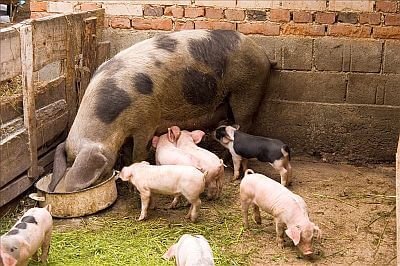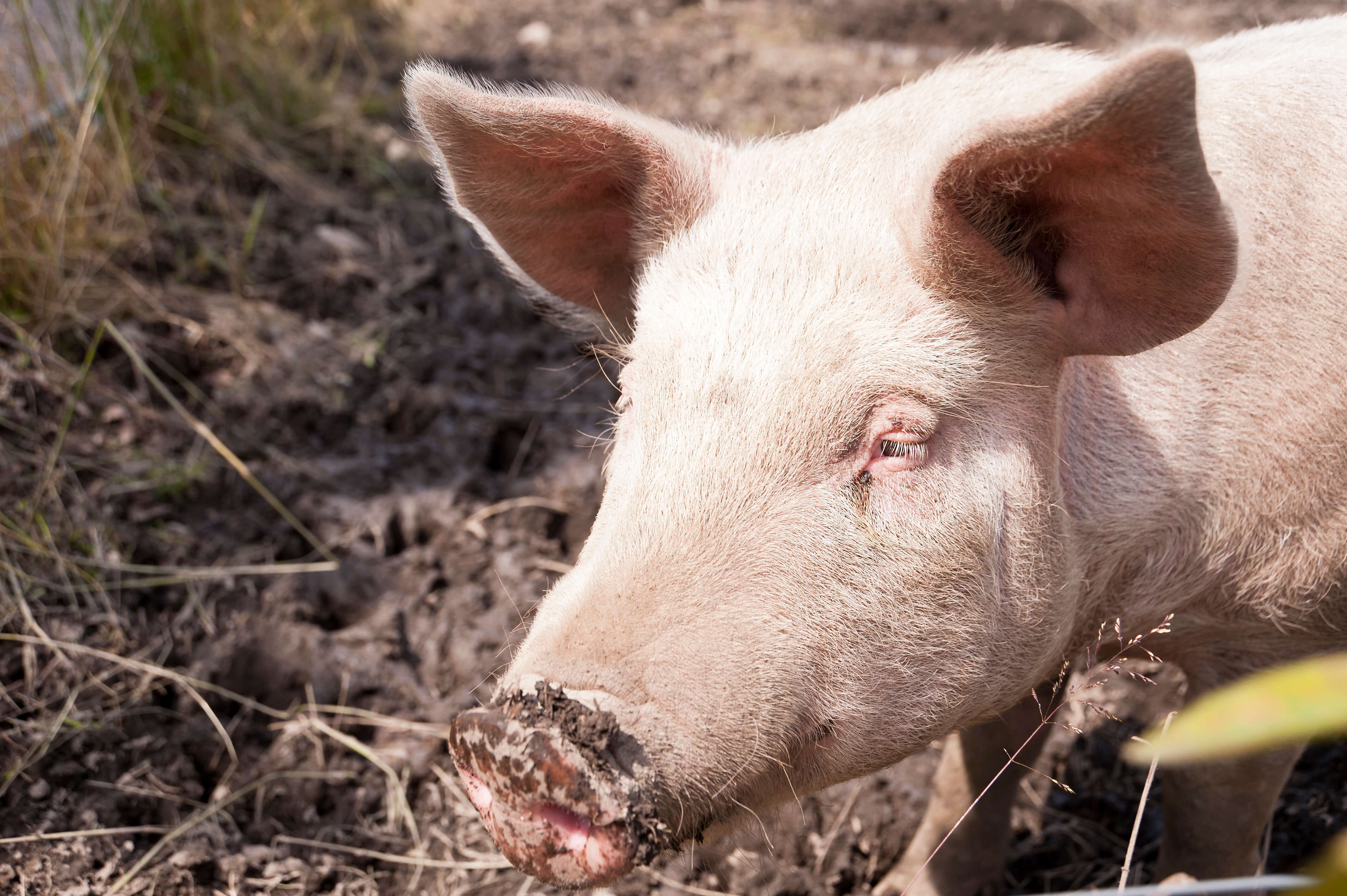Top Pig Diseases Caused By Viruses
There are many viral diseases that can hit pigs. The severity of their effect varies from country to country, from farm to farm. However, knowing what each disease looks like when it affects your pigs may help you contain them to reduce the losses that it would have caused. Foot-and-Mouth Disease (FMD) Foot-and-mouth disease would show in how pigs suddenly reduce their food consumption and how they would look depressed. It also comes with fevers reaching about 40.5º C. Piglets affected by the condition usually experience cardiac failure and die. Vesicles of up to 30mm would appear later, and are often found near the coronets and appear a little on the lips and nose. The disease can be transmitted through direct and indirect contact with infected pigs. The virus can spread by saliva, aerosol, blood, nasal discharge, feces, urine, semen, meat or bones of the infected animals, and infected animal by-products. FMD cannot be treated, so the affected pigs should be destroyed. This can be prevented by routine vaccination, although this will only last for six months. Farmers should be cautious of the symptoms to prevent the spread before it gets worse. FMD is highly infectious and can spread rapidly throughout the population of animals, even reaching long distances, depending on the wind. This makes it harder and more costly to control. African Swine Fever This often affects domestic pigs. Its common symptoms include blotching of skin, fever, and the hemorrhaging of internal organs, lymph nodes, and gastrointestinal tract. The virus can spread through direct contact with the infected pigs and fomites, tick bites, ingestion of contaminated uncooked pig by-products, and contact with wild carrier and domestic pigs. The carcass of the affected animals is condemned. All of the herd hit by ASF would become ill and most of them would die. There is no treatment available, which is why some countries infected by the ASF often resort to a slaughter policy to completely eradicate the virus and contain its spread. Affected animals should be kept away from the unexposed animals as a preventive measure. Porcine Epidemic Diarrhea (PED) This is a highly contagious viral disease among pigs, which has recently affected virus states in the US. It was first diagnosed in the country in May 2013. This causes severe diarrhea and dehydration among pigs. of animals, even reaching long distances, depending on the wind. This makes it harder and more costly to control. African Swine Fever This often affects domestic pigs. Its common symptoms include blotching [...]








